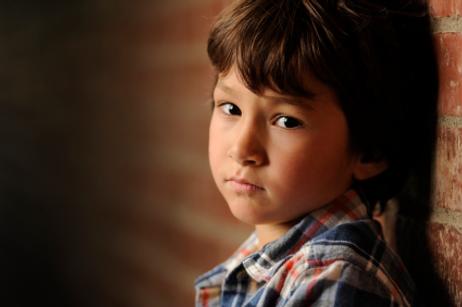School reform at the federal level has been highly touted as the way to turn around failing schools and ensure a high-quality education for all students in the U.S. However, opponents of that reform are claiming that the process currently used to improve failing schools is actually having the opposite effect – discriminating against the very students it is claiming to help. Is school reform doing more harm than good? The answer depends on who you ask.
The Advent of School Reform
In 2010, President Obama championed school reform by revamping the School Improvement Grant program. The move increased the annual budget of the program from $125 million to $535 million. The administration also pumped a one-time amount of $3.5 billion in 2010 allocated directly to districts that were willing to undertake one of four jumpstart models toward serious education reform.
The four jumpstart models include:
- Turning a failing school over to a charter operator
- Instituting a new principal and learning strategy
- Replacing at least half the school’s administrative staff
- Closing the school completely
Schools labeled as improvement schools may receive up to $2 million in additional funding annually for up to three years. A number of districts have risen to the challenge, identifying schools most in need of reform and establishing plans to turn those schools around. Unfortunately, the results of those efforts have been mixed thus far.
This TEDTalk explains who the real experts in school reform are.
Claims of Civil Rights Violations
In some cities where education reform has been in the works, residents are protesting the efforts, accusing lawmakers of civil rights violations. Those opposed to the turnaround programs are claiming they are taking education away from students that need it most. The Washington Post reported recently that more than 200 protesters converged on Washington D.C. from major cities across the country. They assert that the closures of failing schools in poor areas have been felt disproportionately by minority and poor students.
“Our concern is that these reforms have further destabilized our communities,” Jitu Brown, education organizer of Chicago’s Kenwood-Oakwood Community Organization, told Yahoo News. “It’s clear there’s a different set of rules for African-American and Latino children than for their white counterparts.”
Brown suggested that instead of inflicting punitive measures on poor-performing schools, lawmakers should focus on providing those schools with investments of learning, equipment, and teaching tools, as well as engagement with the local community. Brown agrees that these schools are in need of reform, but had hoped the reform would not create upheaval in communities that already grapple with fragile social structures.
The Washington Post cites the example of 12-year-old Gavin Alston, who is now being homeschooled because his Chicago school was closed. The 22-block walk to his new school would require crossing gang turf lines - something he and his parents determined was too dangerous. Alston told the Washington Post, “I have been denied the right to quality education.”
This video from the American Enterprise Institute outlines a plan for school reform.
Complaints Span Nation
At the same time, Chicago is closing public schools, citing low enrollment and budget constraints as the primary reasons, the city is pumping money into a number of charter school upstarts. The same can be said of the Birmingham School District in Alabama. The district is currently under a state takeover, according to Alabama.com, which means school closures and severe budget cuts across the district. At the same time, money is being used to build and improve other schools throughout the district.
Some cities are now taking matters into their own hands, filing civil rights complaints with the U.S. Department of Education. Education Secretary Arne Duncan has received 33 such complaints, from large cities like Chicago, Detroit, and Washington D.C., as well as smaller cities in Kansas and Pennsylvania. Additional areas are also considering filing complaints. Duncan recently hosted a forum in Washington to address some of these complaints. More than 250 people attended the forum, demanding a moratorium on school closings and more community input on school reform overall.
The Independent Voters Network states the complaints filed fall under Title VI of the Civil Rights Act, which states, “No person in the United States shall, on the ground of race, color or national origin, be excluded from participation in, be denied the benefits of, or be subjected to discrimination under any program or activity receiving federal financial assistance.”
In this video, educator Sal Khan shares his plan to turn struggling students into scholars by helping them master concepts at their own pace.
Discrimination or Unfortunate Coincidence?
Lawmakers counter the opposition to education reform, stating that the schools in direst need of reform happen to be located in communities with minority and low-income populations. If school failure is already disproportionately hurting minority populations, surely reform efforts should be seen as an effort to improve – not hurt – education quality for those populations. Federal officials have also said they would welcome more community input into their reform plans to ensure those plans provide the desired results.
“On the ground, these policies can have an impact we don’t see,” Daren Briscoe, spokesman for the U.S. Department of Education, told Yahoo News. “But there’s no promise that we’ll be able to satisfy all the people,” Briscoe added.
Currently, there is not enough evidence to determine objectively whether reform efforts have helped or hindered students and communities. While initial studies do suggest an improvement, progress is too slow to satisfy many educators. At this point, only time will tell whether the radical and sometimes painful, reform efforts of lawmakers and educators across the country will bring about the sort of education reform necessary to ensure every student in this country receives a consistently high-quality education, no matter where they live and go to school.
Questions? Contact us on Facebook. @publicschoolreview















